How can I align my investments with my values?
Make a positive difference with the new Educators BrighterFuture Funds™.
The Questions We’re Answering

How can I align my investments with my values?
Make a positive difference with the new Educators BrighterFuture Funds™.

Can I afford to retire early?
Find out if there’s
a gap in your retirement income.

How do I choose the right mortgage Lender?
Find out what questions to ask.
Are you saving as much as you can on your mortgage?
Education members and their families have access to exclusive mortgage rates with Educators. PLUS, we’ll cover the cost of switching your mortgage†.

Many growing families struggle to pay off debt and build savings at the same time. See how Shannon’s advice helped one family accomplish both.
Sound familiar? We can help.
Talk to a SpecialistWhile Millennials struggle in today’s hot housing market, see how Graham found a way to help his client get a foot in the door.
Sound familiar? We can help.
Talk to a SpecialistFinances can be overwhelming;
but with Lisa’s guidance, this client never felt alone in her financial path.
Sound familiar? We can help.
Talk to a SpecialistSound Familiar? We can help.
Talk to a Specialist

Brad Thompson
Waterloo
Michael Graves
Kingston, Belleville
Nick Rao
Toronto/York Region
Phil Blouin
Barrie
Edward (Ed) Gougeon
Ottawa Region
Shubam Bajaj
Head Office
Chris Tamber
Head Office
Cameron Morrison

Malavika Menon
Head Office
Mohammad Kazmi
Head Office
Jim Wanamaker
London, Thames Valley
Matthew Dang
Durham and Trillium Lakelands
Caitlin Buchko
Thames Valley and Avon-Maitland
Marjan Gholami
Head Office
Lisa Raponi
Toronto
Darryl Martella
Ottawa Region
Ahmed Rageh
Toronto, Thunder Bay
Corrinne Mallender
Greater Essex, Lambton-Kent
Alana Gould

Nigel Goetz
Guelph/HaltonWe're all over Ontario, start a conversation with a Financial Specialist in your area.